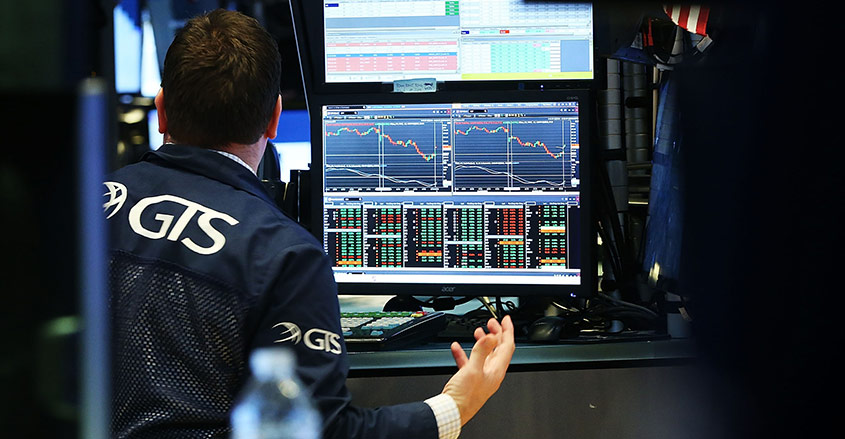Rising interest rates suggest that investors will drop stocks and instead buy bonds, according to one prominent investor.
Veteran investor Jack Albin suggests that a forceful market shift is in the works in favor of bonds. Albin is chief investment officer at Cresset.
Albin’s reasoning is that 10-year Treasury yield is around 3%, headed toward its highest level in four years.
“The 10-year Treasury yield has been below fair value for nearly 10 years thanks in large part to central bank bond purchasing that’s been going on,” told CNBC.
“If you take a look long-term, where the 10-year Treasury typically trades, it matches nominal [economic growth],” Ablin said.
“And, the last nominal [growth] number we got in December of last year suggested that the 10-year Treasury should be about 4.1, not 2.9.”
As bond payouts increase, some investors will move away from stocks in order to capture gains and lock in higher rates.
“The fact is that the bond market has been in this tug-o-war for capital for the last ten years with one arm tied behind its back,” Albin said.
“The equity market has essentially been the only child of that relationship.”
The Federal Reserve has begun normalizing its interest rate policy, while the European Central Bank is hinting that it’ll soon do the same.
Holding steady
The ECB on Thursday nevertheless held steady, leaving lending rates on a range of instruments at zero, 0.25% and -0.40%.
The European banking authority appears to be ready to continue to buy bonds at a significant pace, similar to the way the Federal Reserve held down U.S. rates for years.
A new decision on rates are not expected until summer.
“The Governing Council expects the key ECB interest rates to remain at their present levels for an extended period of time, and well past the horizon of net asset purchases,” the ECB said in a statement.
Europe’s decision to stay low could push investors even deeper into higher-paying U.S. debt, which would have the secondary effect of keeping U.S. rates lower as private demand replaces government buying.
That in turn could goose the Fed into raising rates faster than otherwise expected over the course of 2018.


